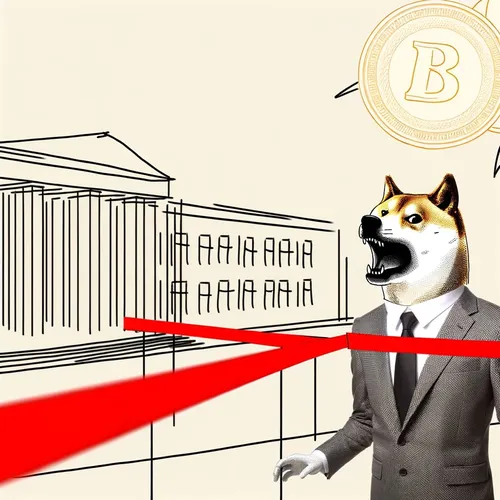Government Efficiency Report Promises Major Digital Transformation and Cost Savings Across Whitehall Departments by 2030
- Author
- Quiet. Please
- Published
- Tue 17 Jun 2025
- Episode Link
- https://www.spreaker.com/episode/government-efficiency-report-promises-major-digital-transformation-and-cost-savings-across-whitehall-departments-by-2030--66594241
Listeners tuning in today, the latest government efficiency report has raised eyebrows—and perhaps a few tails—across Whitehall, prompting some to call recent bureaucracy “barking mad.” The Departmental Efficiency Delivery Plans, published just days ago as part of the Spending Review 2025, set ambitious targets to trim waste, modernise services, and unleash a new era of digital transformation. Departments are now required to cut their administration budgets by at least 16% in real terms by 2029-30, with a promise that all will deliver at least 5% savings and efficiencies by 2028-29. There’s a £3.25 billion Transformation Fund focused on using AI and digital upgrades to reduce red tape, and an additional £1.2 billion earmarked for cross-cutting digital priorities, aiming to herd the government’s notoriously unwieldy processes into a more agile, cost-effective pack. In a process not seen in nearly two decades, every department faced a zero-based review, forcing a line-by-line scrutiny of spending to sniff out the lowest value-for-money programs. The Office for Value for Money has set stiff technical efficiency targets, and the government is pushing for a decisive rebalancing: less central government bloat, more investment in services for working people. But behind all the efficiency stats—like HM Revenue and Customs aiming for over 13% efficiencies, or the Cabinet Office targeting close to 5%—a recent survey of public sector workers shows 94% still wrestling with process inefficiencies, suggesting bureaucracy is far from going walkies anytime soon. While savings and reforms promise to deliver “for working people” and bolster economic stability, the report’s doge-worthy question remains: can all this digital and fiscal discipline finally teach government bureaucracy some new tricks, or is the tail still wagging the Whitehall dog? Listeners, as watchdogs of public spending, it seems we’ll need to stay tuned—because this is one story that’s still running, leash in hand[1][2][3][4].
